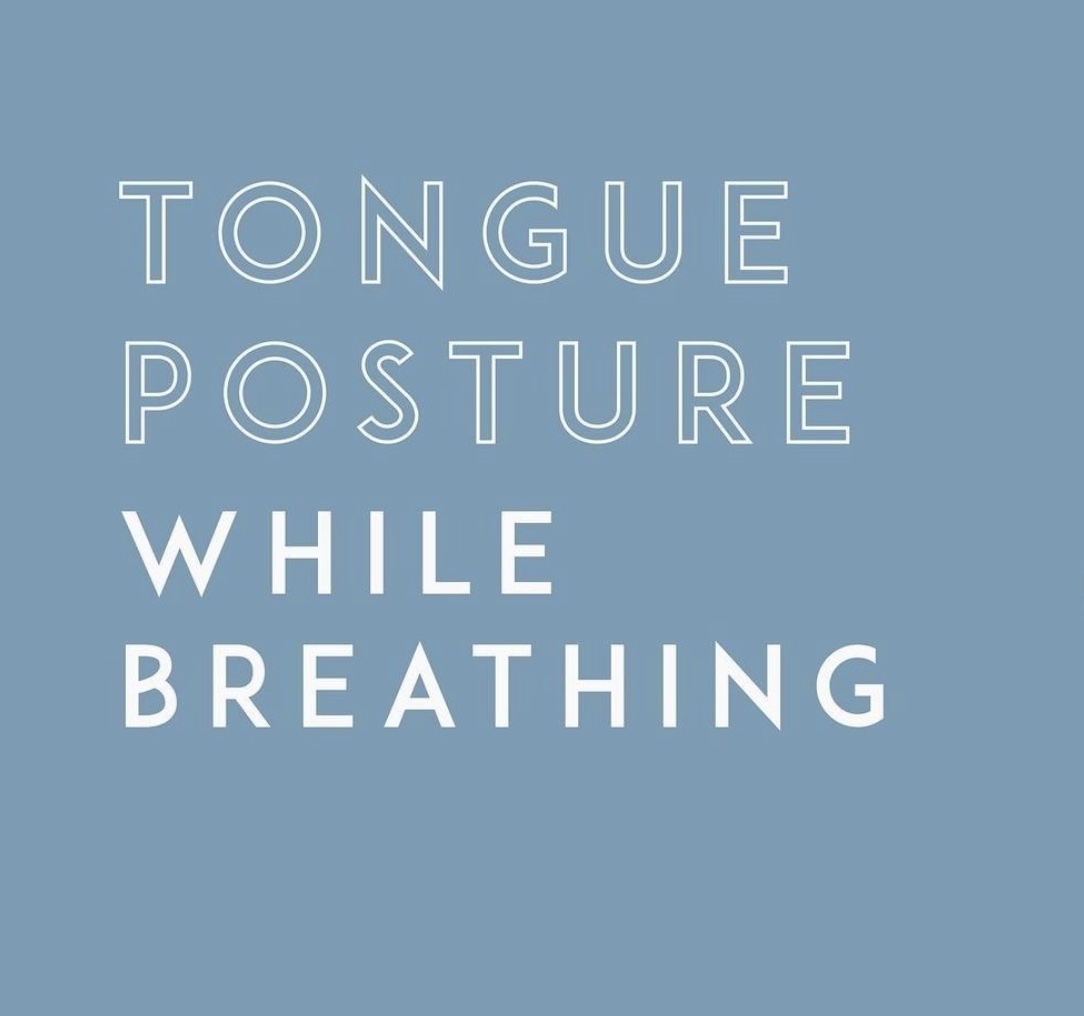How Well Are You Breathing?

TRY THIS BREATH TEST
Patrick McKeown has trained thousands of people around the world with his scientifically validated breathing techniques. His specific, teachable, and simple practices are based in ancient traditions, but practical for modern needs such as enhanced focus and better sleep.
In an episode of The Art of Living, I put Patrick’s breathing techniques to work, and they seemed to unlock a world of mental superpowers.
Find out how to do a simple 20-sec breath test that will show you how well you’re breathing…
Listen to the whole episode here.
Find out what you can add to your salad to improve your life between the sheets…
I do it about six times in the morning and how it affects me is that first of all, my focus, boom. I wake up right away. And if I do that right within the first 10 minutes of getting up, I notice my brain and my focus just becomes laser focus.
Also, I find that when I do that before I go to my workout, that I’m more likely to do nasal breathing and continue the nasal breathing throughout the day. So tell us about that exercise.
So the measurement gives you a good indicator of how well are you breathing. If your breathing is dysfunctioning or if it’s suboptimal, it will lead to increased breathlessness. Your breathing tends to be fast or more shallow, and you’re probably not using your diaphragm as effectively as you should do. And with physical exercise, it would lead to muscle fatigue and premature breathlessness and also athletes gassing out too soon.
So the breath hold time gives you a good indicator of functional breathing. Now to improve your functional breathing, first of all what measurement would be ideal? Well anything above 25 seconds is generally regarded as functional breathing. And if it’s less than 25 seconds, it’s regarded as generally dysfunctional breathing.
We want people to change their breathing patterns in order to improve their breath hold time. And we do that by switching to nose breathing both during wakefulness and also during sleep and also by slowing down the breath to generate a lighter hunger to reduce the chemo sensitivity of the body to carbon dioxide, but basically to make the breathing slower.





